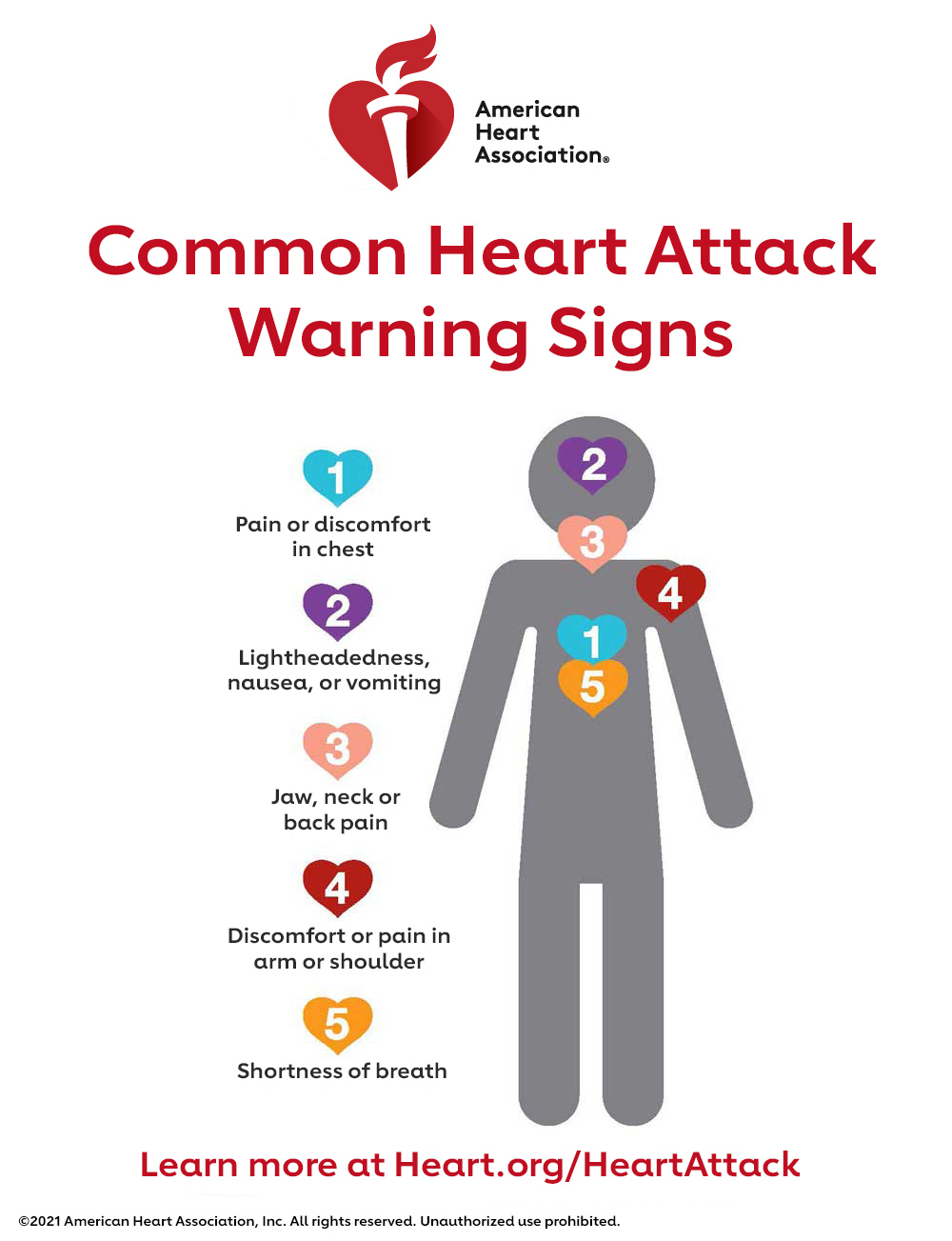Go Red for Women
This February, we celebrate National Heart Health month and bring awareness to this disease and its impact, specifically on women’s health. Cardiovascular disease is the number one killer of women, yet, surprisingly only 55 percent of women know it is the number one killer and less than 50 percent of women know what healthy levels are for risk factors such as blood pressure and cholesterol. 
The campaign Go Red for Women was launched in 2004 and aims to increase awareness about heart disease and stroke among women. National Wear Red Day® is celebrated the first Friday of February every year and is a chance for you to wear red to be seen, to be heard, and to make an impact in the fight against cardiovascular disease in women. Among females 20 years and older, nearly 45% are living with some form of cardiovascular disease and less than 50% of women entering pregnancy in the United States have good heart health. Most heart attacks and strokes can be prevented through educating yourself and behavior changes. Here are some tips to GO RED and to keep your heart healthy and reduce your risk of cardiovascular disease.
Get Your Numbers – Routinely check your blood pressure and cholesterol.
Own Your Lifestyle – Live a healthy lifestyle. Don’t smoke, exercise, eat healthy, and maintain a healthy body weight.
Realize Your Risk – Heart disease kills 1 in 3 women.
Educate Your Family – Teach your family how to be healthy and active.
Don’t Be Silent - Spread the word to your mothers, sisters, aunts, friends, neighbors, and more about the real risk of cardiovascular disease.
Lastly, make sure you know the common warning signs of a heart attack or stroke. This image from the American Heart Association shows the five common heart attack warning signs. As with men, women’s most common heart attack symptom is chest pain or discomfort. But women may have other symptoms that are typically less associated with heart attack, such as anxiety, shortness of breath, nausea, vomiting, upset stomach, unusual tiredness or weakness, and pain in the shoulder, back or arm. If you are a woman, remember these symptoms and recognize that the signs and symptoms might not always be the classic heart attack sign of chest pain and to not delay seeking medical attention if you experience any of these symptoms.
Learn more about keeping your heart healthy at www.heart.org
by Chelsea Reinberg, Extension Agent Nutrition, Food Safety and Health, 2024